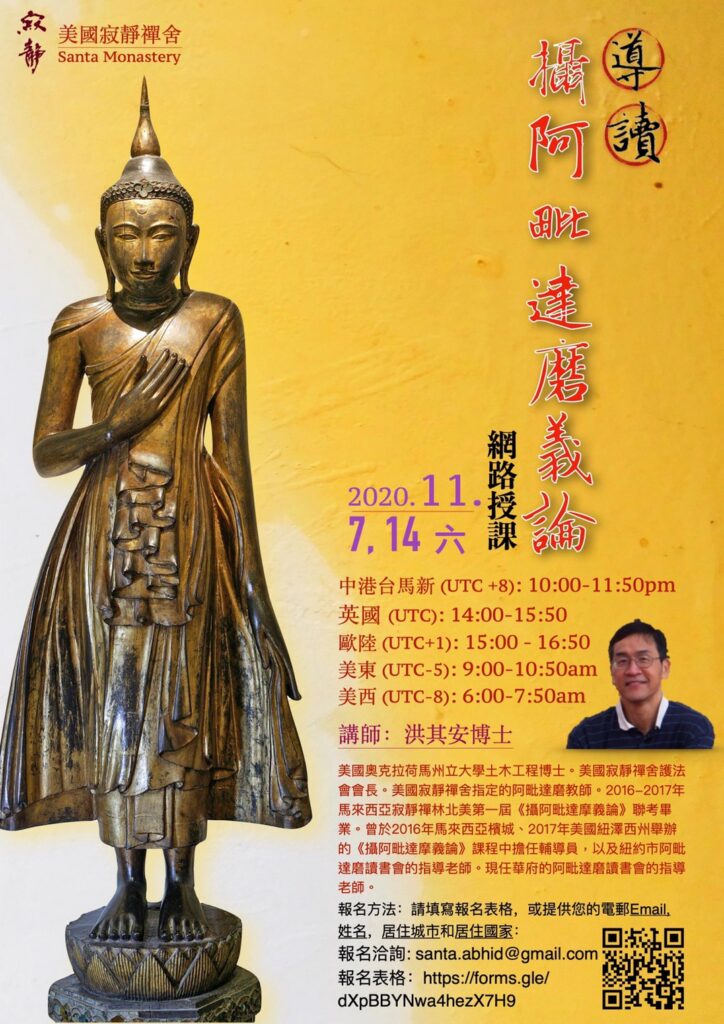Roughly speaking, the Pali commentaries(Pali: aṭṭhakathā), sub-commentaries(Pali: ṭīkā) and the equally-valued text, The Path of Purification, are the representative works expounding the early Buddhist canon, namely Sutta, Vinaya and Abhidhamma. Though some sub-commentaries were compiled at later dates, they followed the essence of the Tipitaka (Agama/Nikaya, Vinaya and Abhidhamma) closely.
In general, Sarvāstivāda school and the Pali Buddhism are the two major schools still extant in the worlds, known for their abundant works in commentaries (noting that Madhyamakā and Yogācāra schools also stemmed from Sarvāstivāda school). Without adhering to any sectarian views, we can find in the Chinese Buddhism great treasures such as the Abhidharma Mahāvibhāṣā Śāstra, Mahāprajñāpāramitāśāstra and Yogācārabhūmi-Śāstra. Those works provide a great amount of annotations to the Sutta and Abhidhamma, and will bring great benefits when being put into good use.
How to locate relevant materials in a short time?
For Chinese Buddhist literatures,the software C-BETA is a good resource . One can also use Buddhist websites or dictionaries.
Please note, ordinary Buddhist websites and dictionaries are bound to be influenced by certain regional Buddhism, which is in turn impacted by the views of particular schools. Consequently they lag behind in comprehensiveness . For instance, it won’t yield you much results if you are searching for materials in Pali and Tibetan Buddhism, using reference books like A Dictionary of Buddhist Terms by Ding Fubao(《丁福保佛學大辭典》) or FoGuang Dictionary of Buddhism (《佛光大辭典》). Similarly, it won’t work well either if you are looking for literatures in the Sarvāstivāda school or other, through the websites or dictionaries compiled by Pali Buddhist scholars.
There are a handful of Chinese and English translations for The Path of Purification. However, different translators may choose different words to translate the same term, making it hard, sometimes, to find the information needed. Some solid efforts have to be put into familiarizing oneself with the texts before one can easily find relevant materials.
The majority of Pali commentaries and sub-commentaries have been left untranslated to either Chinese or English. There are some references and expositions to them in works such as the translations of Nikayas by Bhikkhu Bodhi, but it is far from being enough. Attempts to retrieving any material relying solely on Chinese or English keywords thus risks being fruitless.
Translation: Sihan / Proofreading: Santa Monastery

